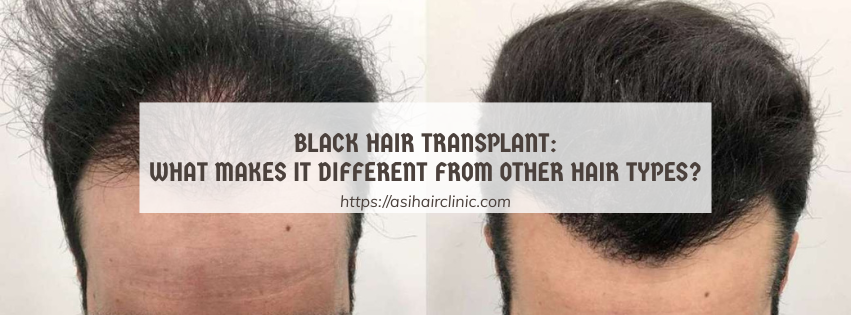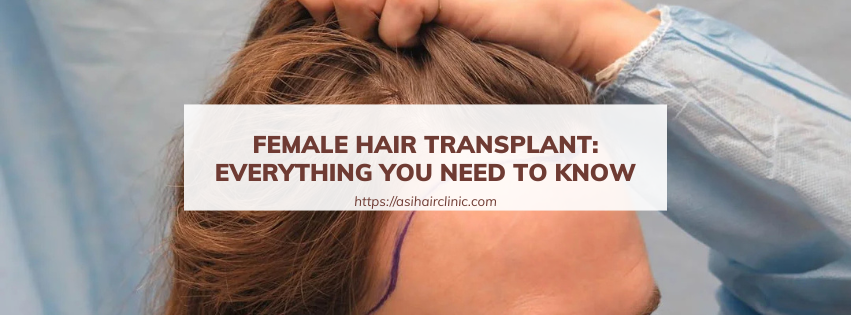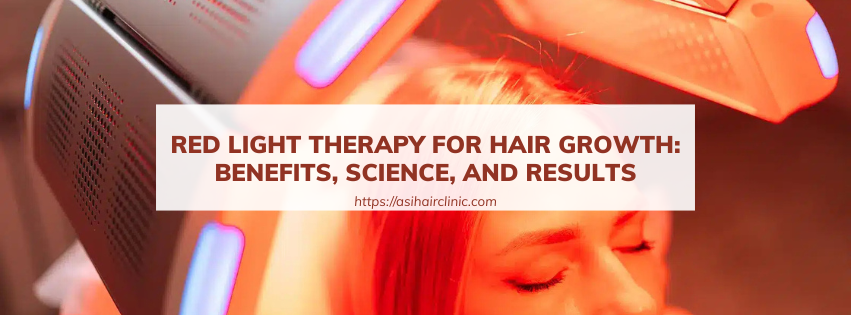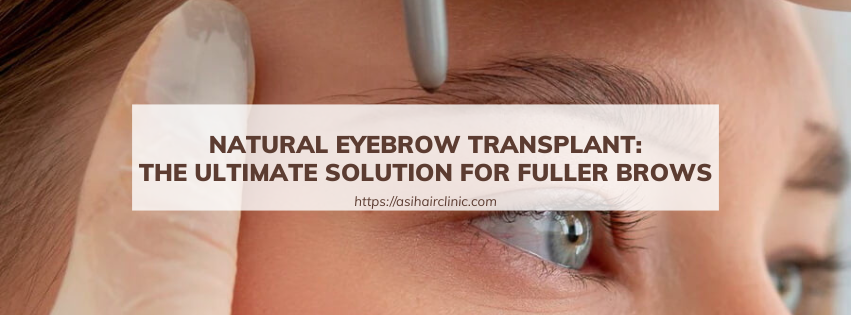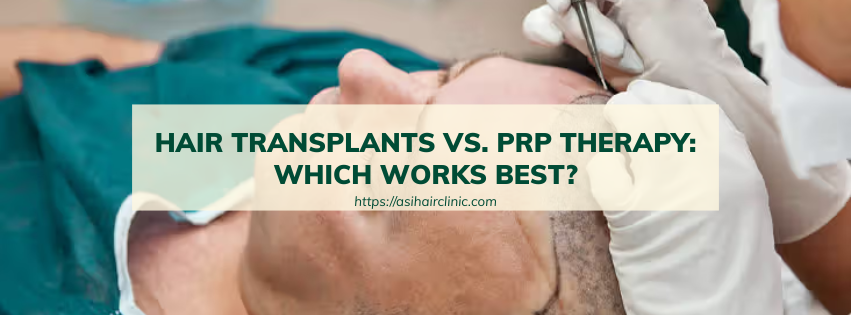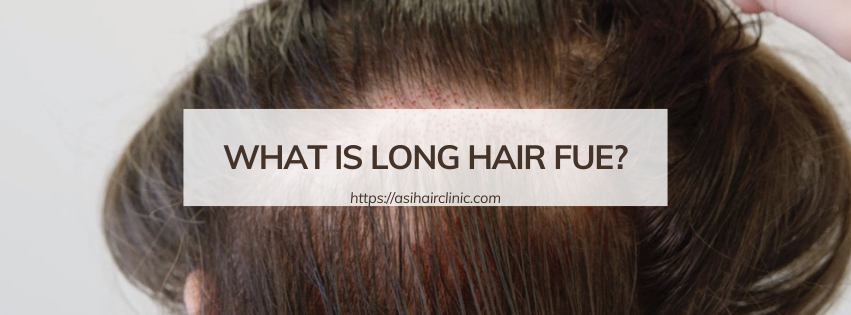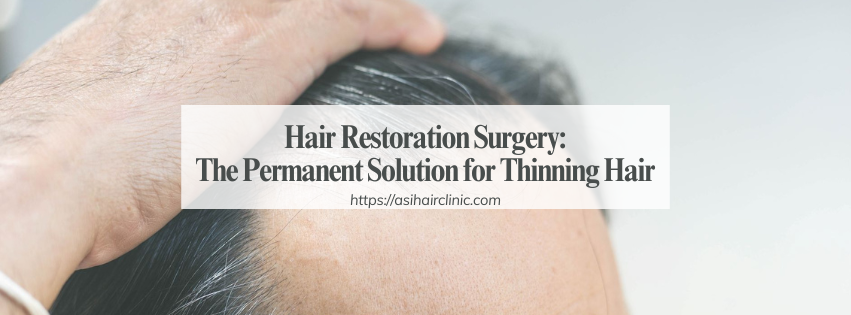Does Hair Dye Cause Hair Loss?
Hair dye has become a staple in the beauty industry, allowing individuals to express their creativity and alter their appearance with ease. From vibrant reds to icy blondes, the options are endless, and the allure of a fresh new look is undeniable. However, amidst the excitement of changing one’s hair color, there often lies a lingering concern: does dyeing our hair contribute to hair loss? This question has sparked numerous debates and fueled anxieties for countless individuals seeking to enhance their appearance while maintaining healthy hair. While there is no definitive answer, understanding the science behind hair dye and its potential impact on hair health is crucial. In this article, Aesthetic Hair Restoration will explore the complexities surrounding hair loss, delve into the various factors that influence it, examine the risks associated with hair dyes, and provide best practices to minimize any potential damage.
1. Understanding Hair Loss
Before we can address the relationship between hair dye and hair loss, it's essential to grasp the multifaceted nature of hair loss itself. Shedding hair is a natural process; on average, individuals lose between 50 to 100 strands daily. However, when this shedding exceeds the body's ability to replace lost hair, noticeable thinning or bald patches may occur, signaling a potential issue. There are numerous reasons for hair loss, each with its own underlying causes and implications.
1.1. Androgenetic Alopecia: The Genetic Factor
One of the most common types of hair loss is androgenetic alopecia, also known as male-pattern baldness or female-pattern baldness. This condition is primarily driven by genetics and hormones.
- Genetic Predisposition: Androgenetic alopecia is hereditary, meaning if your parents or grandparents experienced hair loss, you might be predisposed to it as well. The genetic component involves multiple genes that influence how sensitive your hair follicles are to dihydrotestosterone (DHT), a hormone derived from testosterone.
- Hormonal Changes: Hormones play a significant role in hair growth cycles. In both men and women, an increase in DHT levels can lead to miniaturization of hair follicles, resulting in thinner hair and eventual hair loss. This hormonal imbalance is often exacerbated during life stages such as puberty, pregnancy, and menopause, leading to increased shedding and thinning.
- Age-Related Factors: As individuals age, the likelihood of experiencing androgenetic alopecia increases. Hair follicles naturally shrink over time, leading to a decrease in hair density. This gradual process can be distressing for many, especially when combined with other factors like stress or nutritional deficiencies.

1.2. Telogen Effluvium: Temporary Setbacks
Another prevalent cause of hair loss is telogen effluvium, a temporary condition that occurs due to various triggers.
- Stress and Trauma: Telogen effluvium can be triggered by physical or emotional stress. Events such as surgery, severe illness, or significant life changes can push a large number of hair follicles into the resting phase, causing them to shed more than usual.
- Nutritional Deficiencies: A lack of essential nutrients, particularly iron, protein, and vitamins, can also lead to telogen effluvium. When the body doesn't receive adequate nutrition, it prioritizes vital functions over hair growth, resulting in increased shedding.
- Hormonal Fluctuations: Hormonal changes, such as those experienced during pregnancy or menopause, can also trigger telogen effluvium. These fluctuations can disrupt the normal hair growth cycle, leading to temporary hair loss.
1.3. Other Contributing Factors
While androgenetic alopecia and telogen effluvium are two of the most common forms of hair loss, several other factors can contribute to hair thinning.
- Medical Conditions: Certain medical conditions, such as thyroid disorders, autoimmune diseases, and scalp infections, can lead to hair loss. These conditions may require medical intervention to restore hair health.
- Medications: Some medications, including those used for cancer treatment, blood pressure regulation, and depression, can have hair loss as a side effect. If you're concerned about medication-related hair loss, consult your healthcare provider for alternatives.
- Environmental Factors: Environmental factors, such as pollution, harsh weather conditions, and exposure to chemicals, can also impact hair health. Protecting your hair from these elements can help maintain its strength and vitality.

2. The Science Behind Hair Dye: What You Need to Know
Now that we understand the various causes of hair loss, let's explore the science behind hair dye and its potential effects on hair health. Hair dye products contain a variety of chemicals that can interact with hair fibers and the scalp, potentially leading to adverse effects.
2.1. Types of Hair Dye
There are several types of hair dye available on the market, each with its own formulation and potential impact on hair health.
- Permanent Hair Dye: Permanent hair dye contains ammonia and peroxide, which work together to lift the hair cuticle and allow color molecules to penetrate the hair shaft. While permanent dye provides long-lasting results, the harsh chemicals can weaken hair structure and lead to dryness and brittleness.
- Semi-Permanent Hair Dye: Semi-permanent hair dye is less damaging than permanent dye because it doesn’t contain ammonia. Instead, it coats the hair shaft without penetrating deeply. While semi-permanent dyes are gentler, they may still cause some level of damage, especially with frequent use.
- Temporary Hair Dye: Temporary hair dye is the least damaging option, as it typically washes out after a few shampoos. These dyes usually do not contain harsh chemicals, making them a safer choice for those concerned about hair health. However, they may not provide the desired longevity of color.
2.2. Chemical Composition and Hair Health
The chemical composition of hair dye plays a significant role in its potential impact on hair health.
- Ammonia and Peroxide: Ammonia is commonly used in permanent hair dyes to open the hair cuticle, allowing color to penetrate. However, ammonia can strip moisture from the hair, leading to dryness and breakage. Peroxide is used to lighten hair and activate the dye, but it can also weaken hair bonds, contributing to damage.
- Parabens and Sulfates: Many hair dyes contain parabens and sulfates, which can irritate the scalp and lead to allergic reactions in some individuals. These chemicals may also strip natural oils from the hair, further compromising its health.
- Natural Alternatives: In recent years, there has been a rise in demand for natural hair dyes made from plant-based ingredients. These alternatives often contain fewer harsh chemicals and may be less damaging to hair health. However, it's essential to research and choose reputable brands to ensure safety and effectiveness.

2.3. Frequency of Use and Cumulative Damage
The frequency with which individuals dye their hair can also influence the extent of damage experienced.
- Overprocessing: Frequent dyeing, especially with permanent dyes, can lead to cumulative damage over time. Overprocessing can weaken hair strands, making them more susceptible to breakage and thinning.
- Scalp Health: Regular application of hair dye can also affect scalp health. Chemicals in hair dye can irritate the scalp, leading to inflammation and potential hair loss. Maintaining a healthy scalp is crucial for optimal hair growth.
- Best Practices for Dyeing Hair: To minimize potential damage from hair dye, consider adopting best practices for dyeing your hair:
- Choose Quality Products: Opt for high-quality hair dyes with fewer harsh chemicals. Look for brands that prioritize hair health and offer nourishing ingredients.
- Limit Frequency: Avoid dyeing your hair too frequently. Allow time for your hair to recover between applications to reduce the risk of cumulative damage.
- Deep Conditioning: Incorporate deep conditioning treatments into your hair care routine to replenish moisture and strengthen hair strands.
- Consult Professionals: If you're unsure about dyeing your hair at home, consider consulting a professional stylist who can assess your hair type and recommend suitable products and techniques.
3. Potential Risks Associated with Hair Dyes
While hair dye can enhance appearance and boost confidence, it’s essential to be aware of the potential risks associated with its use.
3.1. Allergic Reactions
One of the most concerning risks of hair dye is the possibility of allergic reactions.
- Patch Testing: Before applying hair dye, it's crucial to perform a patch test to check for allergies. Apply a small amount of dye to a discreet area of skin and wait 48 hours to see if any irritation occurs.
- Symptoms of Allergic Reactions: Symptoms of allergic reactions can range from mild itching and redness to severe swelling and blistering. If you experience any adverse reactions, discontinue use immediately and seek medical attention if necessary.
3.2. Long-Term Effects
There is ongoing research regarding the long-term effects of hair dye on overall health.
- Carcinogenic Concerns: Some studies have suggested a potential link between certain hair dye ingredients and an increased risk of cancer. While the evidence is inconclusive, it’s essential to stay informed and choose products with safer formulations.
- Hormonal Disruption: Certain chemicals found in hair dyes may disrupt hormonal balance, leading to various health issues. While more research is needed in this area, it’s wise to be cautious about the products you use.
3.3. Environmental Impact
The environmental impact of hair dye production and disposal is another consideration.
- Chemical Runoff: Chemicals from hair dye can enter waterways through runoff, potentially harming aquatic ecosystems. Choosing eco-friendly products can help mitigate this impact.
- Sustainable Practices: Opting for brands that prioritize sustainable practices and environmentally friendly ingredients can contribute to a healthier planet.
Conclusion
The question of whether hair dye causes hair loss is complex and multifaceted. While hair dye itself may not directly cause hair loss, the chemicals involved and the frequency of use can contribute to hair damage and thinning. Understanding the various factors that influence hair loss, including genetics, hormonal changes, and environmental factors, is essential for making informed decisions about hair care. By choosing high-quality products, adopting best practices for dyeing and caring for colored hair, and being mindful of potential risks, individuals can enjoy the benefits of hair dye while minimizing the impact on their hair health. Ultimately, embracing a holistic approach to hair care can empower individuals to express themselves through color without sacrificing the integrity of their hair.
LATEST POSTS

